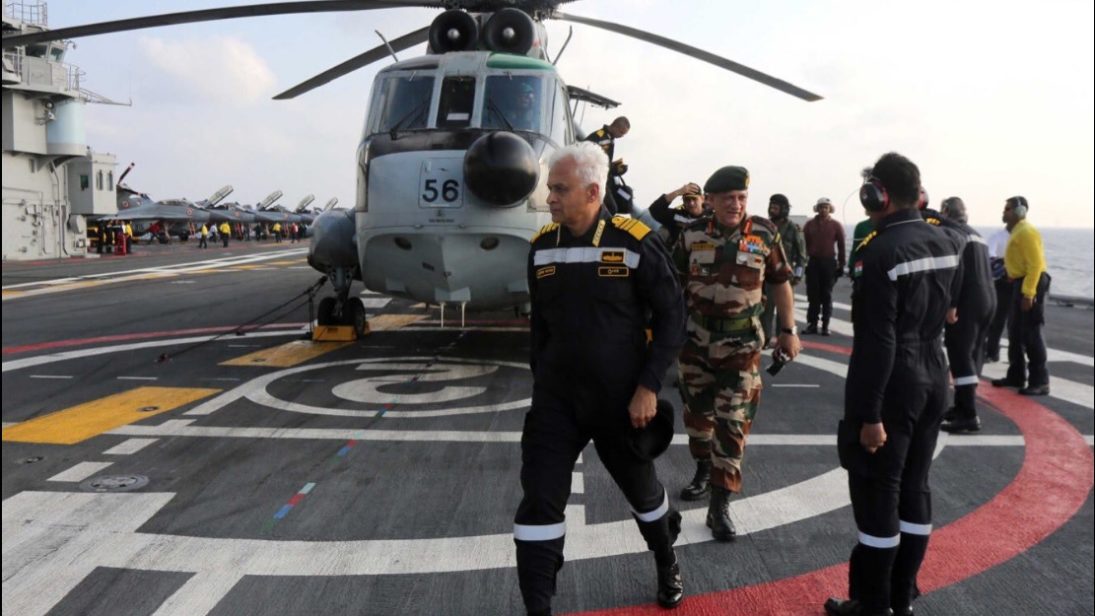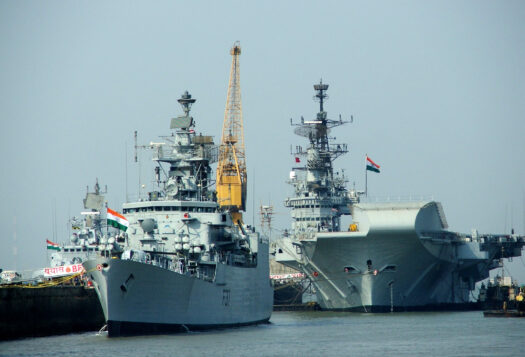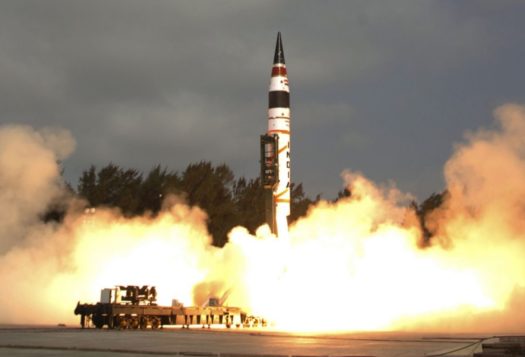
“The concepts of Military Power application of the three Armed Forces have congruence in the fact that manifestation of effect (consequent to force application) ultimately has to fructify on land.”
The Joint Doctrine of the Indian Armed Forces report (JDIAF) was recently released by Admiral Sunil Lanba, chairman of the Chiefs of Staff Committee (COSC). The report identifies what the Indian military considers to be national values, aims, and interests drawn from the Constitution of India and how these influence Indian military doctrine. It also outlines new priorities for India’s military, including a willingness to perform “surgical strikes” within enemy territory as deemed necessary to counter terrorism. However, the doctrine’s ambitious purpose, in principle, is to help provide a framework for an integrated approach to warfare by all the three branches of the Indian armed forces. Unfortunately, however, the JDIAF makes little substantive progress toward force integration among the three services even though this would arguably maximize warfighting capabilities and reduce budgetary inefficiencies among the three services. This lack of progress implies the determination of bureaucratic interests in the individual service branches to preserve their own interests, rather than maximize combat performance and efficiency.
Primacy of Land-based and Special Operations
The document describes India’s primary threats as emanating from its borders along the Line of Control and Line of Actual Control. Specifying cross-border terrorism as a particularly urgent concern, the JDIAF report emphasizes surgical strikes as a response to terrorism, and articulates the need for a Special Operations Division to execute precision tasks beyond the scope of conventional conflict. The emphasis on surgical strikes in the doctrine and other non-traditional forces is indicative of a broader desire for more military options to respond to threats emanating from Pakistan rather than a massive conventional response, which could provoke nuclear war. The term “surgical strikes” remains undefined in the document, all the while continuing to represent a public and political understanding of retaliatory military options available to India vis-à-vis Pakistan.
Ironically, the sections in the doctrine detailing air-land operations and maritime-air operations seem to maintain the role of the Indian Air Force as a junior service. Airpower, instead of being an instrument of choice in the joint doctrine, continues to retain its legacy as a supporting role to land and sea operations. The lack of emphasis on air operations as an independent tool in the application of military power could be construed as emblematic of the lack of appreciation of the applications of air power by the military leadership. The primacy of the army is further reinforced in the budgetary allocations.
Towards Coordinated Force Structures and Capability Development?
The doctrine indicates that the Indian services are adopting a capability-based approach versus the previous threat-based approach. However, there is little evidence to suggest that any of the three services have done so. The army is still in the process of raising the Mountain Strike Corps to further add manpower to its standing strength of 1.18 million men. The Indian Air Force continues to press for 42-45 fighter squadrons to deter a two-front war while the Indian Navy wants to eventually operate 200 ships, including three aircraft carrier groups. Although there are plausible reasons for each of these demands individually, the JDIAF report does very little to align these goals with a broader strategy shared among the three services. Any integrated warfighting capability is dependent on individual services maintaining capabilities in core competencies. All three services currently continue to operate in silos with number-based calculations versus capability-based approaches. Given the constant referencing by the armed forces of the two-front war scenario against Pakistan and China, maximizing the combat potential of limited assets available due to limited logistical availability or delays in modernization will help services fill capability gaps.
The JDIAF report furthermore fails to discuss the procurement of requisite weapons systems required for joint warfare among the three services, an important precursor to coordinated force structures. The procurement of interoperable systems required by the doctrine and counsel for their employment remains lacking in the document. Interoperability is a key enabling factor to any combined arms or joint warfare capability. However, the obstacles to this “interoperability” in the Indian armed forces are not only technical in form, due to the lack of any similar equipment, but also the inability of different weapons platforms and systems to communicate and exchange information. The JDIAF gives little detail of its planned capability development or force development other than vague references to developing “long term military objectives” for the formulations and execution of long-term perspective plans. While there exists a Long Term Integrated Perspective Plan (LTIPP) for the 2012-2027 period, defense allocations and individual service procurements suggest little integration or for that matter co-ordination.
The JDIAF furthermore barely discusses effective command & control structures for these individual service platforms and capabilities. Unsurprisingly, these developments reflect the limited influence of the Headquarters, Integrated Defense Staff (HQ, IDS), which functions only in an advisory capacity to the COSC, without voting rights.
Concluding Thoughts
The JDIAF report lays out the concept of operating jointly and the advantages of combining weapons platforms and capabilities of individual services to increase combat potential. However, it provides little framework or guidance on how and which of those arms will be integrated and employed. This gap in the report highlights a broader ambivalence regarding force integration among the three services.
Editor’s note: This is the second piece in a two-part series reviewing the recently released Indian Armed Forces Joint doctrine. Read the first piece here.
***
Image: Indian Navy


